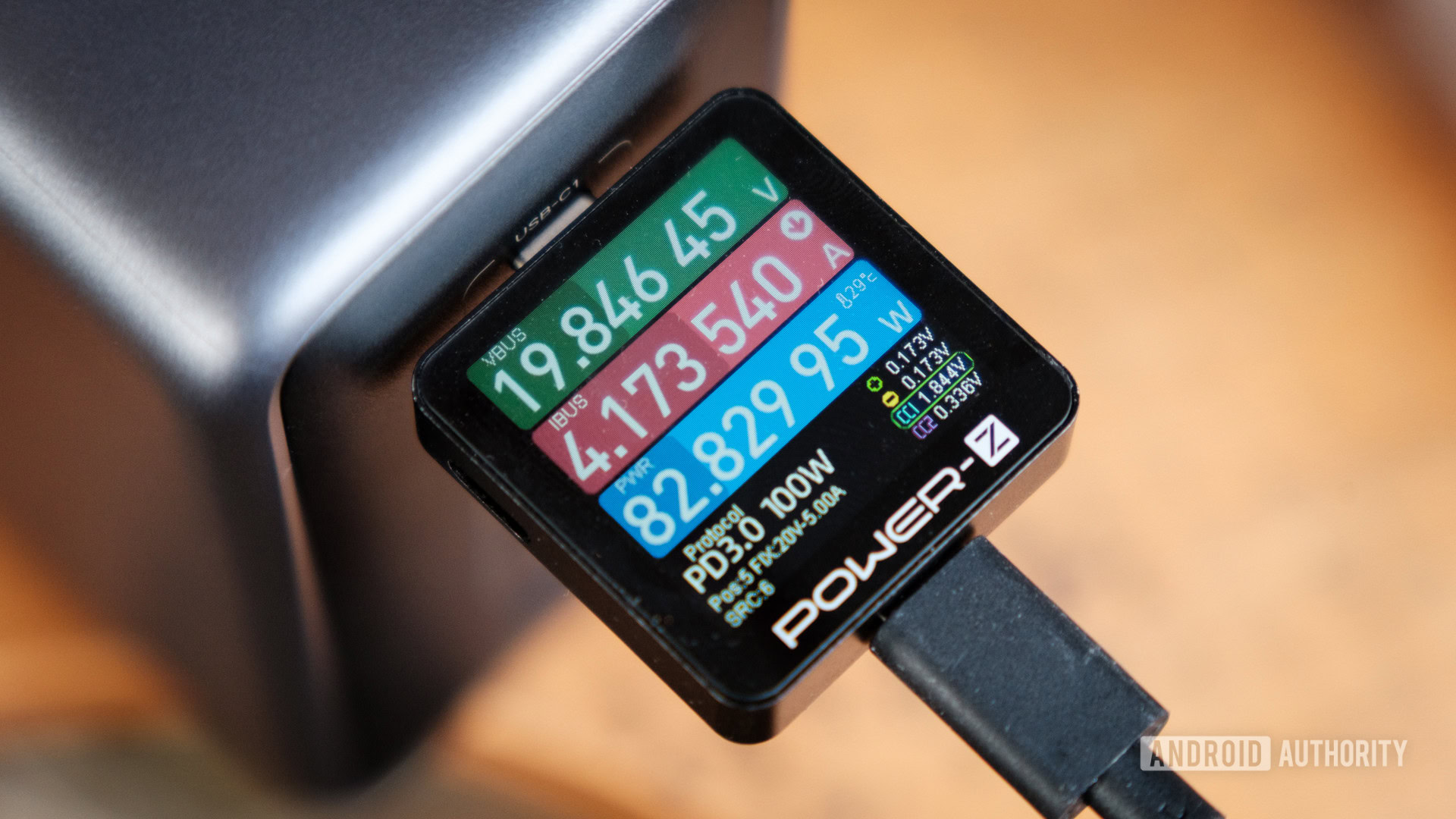**Xiaomi 17 Series Ushers in a New Era of 100W Charging via Universal USB Power Delivery PPS**
*By Robert Triggs / Android Authority*
The recently launched Xiaomi 17 series showcases impressive technological advancements, most notably as the first smartphone lineup to feature Qualcomm’s new Snapdragon 8 Elite Gen 5 processor. However, what has truly caught the eye is an outstanding performance metric: 100W fast charging.
You might be thinking that 100W charging in phones isn’t groundbreaking—after all, proprietary charging standards from China have been hitting that mark for years. But Xiaomi is taking a different approach this time by supporting this ultra-fast charging speed through the universal USB Power Delivery (USB PD) Programmable Power Supply (PPS) protocol.
### Universal Fast Charging: No More Proprietary Chargers
Interestingly, this high-speed 100W charging isn’t exclusive to the Ultra model—it applies across the Xiaomi 17 series. This means one key advantage: you won’t need to buy a specific charger to achieve the fastest possible speeds. The same USB PD charger that powers your laptop, headphones, or other devices can deliver up to 100W to your Xiaomi 17 phone, provided it meets some increasingly common requirements.
Even if your existing charger cannot supply the full 100W (often requiring a rarer 20V PPS variant), it will still provide the fastest charging speed it supports. This eliminates much of the guesswork when selecting the ideal charging accessory.
### The Beginning of the End for Proprietary Charging Protocols
This move by Xiaomi signals a turning point in the smartphone charging landscape. The adoption of 100W charging over USB PD PPS suggests the curtain is finally closing on proprietary USB charging protocols.
In China, major manufacturers have collaborated on the Unified Fast Charging Specification (UFCS), which is designed to be compatible with USB Power Delivery 3.1. This has unified many brands under a single, interoperable umbrella. Consequently, newer Chinese flagship phones not only play nicely with each other’s charging accessories but also align with key standards widely used in Western markets.
For example, phones like the OnePlus 13 and OPPO Find X6 Pro already support around 30W of PPS charging, enhancing compatibility with fast third-party chargers and power banks.
### Western Brands Lag Behind
While proprietary charging is waning, some major Western brands have yet to fully embrace universal fast-charging standards.
#### Google’s Pixel Lineup
Google’s Pixel charging speeds have been notably sluggish. The Pixel Pro XL models cap out around 39W—a far cry from Xiaomi’s 100W capabilities. This leaves plenty of room for improvement, especially for smaller Pixel phones. Moreover, Google’s devices tend to run hot during charging, which shouldn’t be the case given that Xiaomi can deliver over twice the power in similarly sized frames.
It’s time for Google to upgrade its battery technology and bring its charging speeds on par with competitors.
#### Samsung’s Galaxy Series
Rumors indicate that the upcoming Galaxy S26 Ultra might finally support 60W charging—a significant improvement but still below Xiaomi’s 100W standard. Meanwhile, Samsung’s baseline Galaxy models continue to support comparatively slow USB PPS charging. For context, the Galaxy S25 can take up to 77 minutes for a top-up, whereas Xiaomi’s most affordable model can fully charge in about 40 minutes.
Samsung needs to accelerate efforts to standardize and speed up PPS charging across its entire Galaxy lineup.
#### Apple’s iPhone 17 Series
Apple remains the outlier among major global brands. The new iPhone 17 series charges faster than before but uses USB PD 3.2’s Alternative Vehicle Supply (AVS) protocol instead of the more widespread PPS standard.
While switching now is unlikely, Apple should consider aligning with USB PD PPS. Currently, iPhone users may be required to purchase specific chargers to support AVS, resulting in limited cross-device compatibility. Embracing PPS would allow for higher power throughput on standard adapters, simplify the charging ecosystem, and reduce unnecessary e-waste caused by proprietary plugs.
### Conclusion
Xiaomi has demonstrated that blazing-fast charging using a universal USB PD PPS standard is not just possible—it is practical and beneficial. This development places pressure on Apple, Google, and Samsung to rise to the challenge and adopt universal fast-charging protocols that offer better speeds, compatibility, and user convenience.
The era of proprietary charging should be over, and with Xiaomi leading the charge, it’s time for the rest of the industry to catch up.
—
*Follow us for more updates on the latest tech developments.*
https://www.androidauthority.com/100w-charging-for-google-and-apple-3600329/


